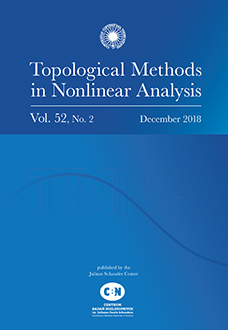Abstract
Given a map $\Phi$ defined on bounded subsets of the (base) metric space $X$ and with bounded sets as its values, one can follow the orbits $A,\Phi(A),\Phi^2(A),\ldots$, of nonempty, closed, and bounded sets $A$ in $X$. This is the system $(\Phi, X)$. On the other hand, the same orbits can be viewed as trajectories of points in the hyperspace $X^\sharp$ of nonempty, closed, and bounded subsets of $X$. This is the system $(\Phi, X^\sharp)$. We study the existence and properties of global attractors for both $(\Phi, X)$ and $(\Phi, X^\sharp)$. We give very basic conditions on $\Phi$, stated at the level of the base space $X$, that are necessary and sufficient for the existence of a global attractor for $(\Phi, X)$. Continuity is not among those conditions, but if $\Phi$ is continuous in a certain sense then the attractor and the $\omega$-limit sets are $\Phi$-invariant. If $(\Phi, X)$ has a global attractor, then $(\Phi, X^\sharp)$ has a global attractor as well. Every point of the global attractor of $(\Phi, X^\sharp)$ is a compact set in $X$, and the union of all the points of that attractor is the global attractor of $(\Phi, X)$.
Citation
Lev Kapitanski. Sanja Živanović Gonzalez. "Attractors in hyperspace." Topol. Methods Nonlinear Anal. 44 (1) 199 - 227, 2014.
Information





